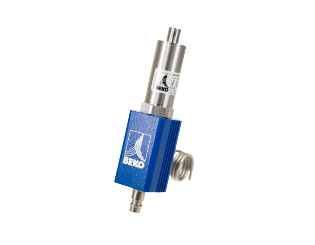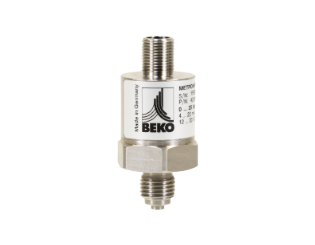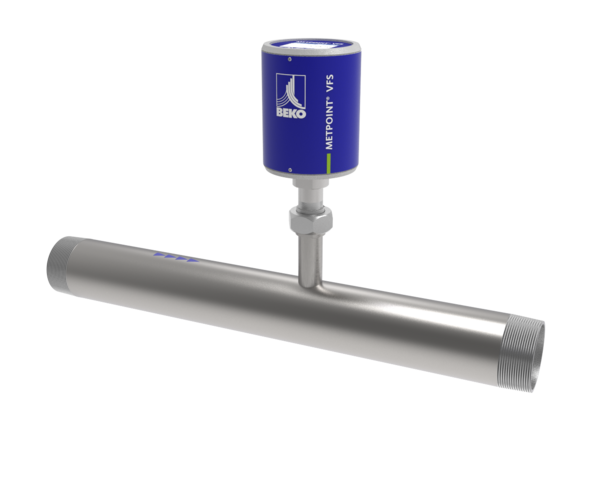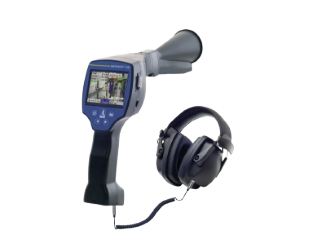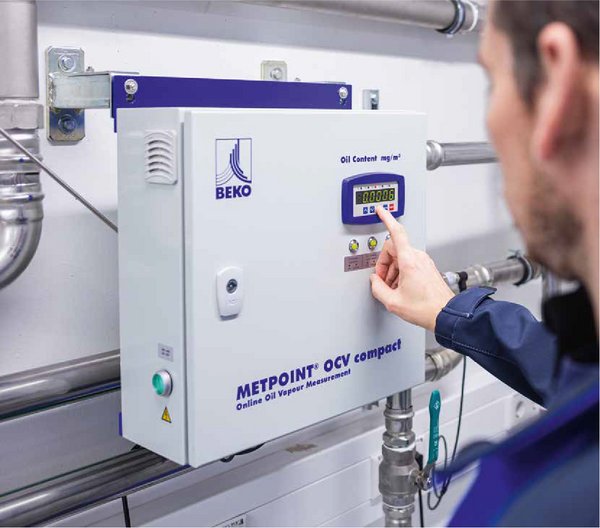Typical problems and their impact on your production
Do you have problems with your compressed air system? Problems often go unnoticed and lead to expensive consequential damage. Here are the most common problems that can affect your efficiency:
- Moisture and inaccurate pressure dew point
If the humidity in your compressed air is not properly monitored, there is a risk of damage to sensitive components and loss of quality during production. An incorrect pressure dew point can cause water to condense in the compressed air chain and disrupt your processes. - Insufficient pressure monitoring
A lack of pressure or pressure that is too low can make your systems unreliable. Fluctuations in system pressure lead to increased energy consumption and can shorten the service life of your devices. Without precise monitoring, there is a risk of performance losses and even complete system shutdowns. - Volume flow losses and overloads
If the volume flow of your compressed air system is not measured accurately, there is a risk that overloads or malfunctions will go undetected. This can lead to unnecessary energy consumption and production downtime. In addition, potential savings often remain unrealised. - Leaks in the compressed air supply
Small leaks that go unnoticed for a long time can cause considerable energy losses. Even minimal leaks quickly add up and drive up operating costs. The challenge is to recognise these leaks in good time before they cause major damage. - Oil Vapor and Residual Oil in Compressed Air
Oil vapor and residual oil in compressed air can compromise product quality and cause deposits in machines and pipelines. Inadequate monitoring and filtration may lead to contamination and disruptions in sensitive production processes. This poses a significant risk, especially in industries with strict purity requirements. Accurate measurement and regular inspection are essential to prevent production downtime and high maintenance costs.
